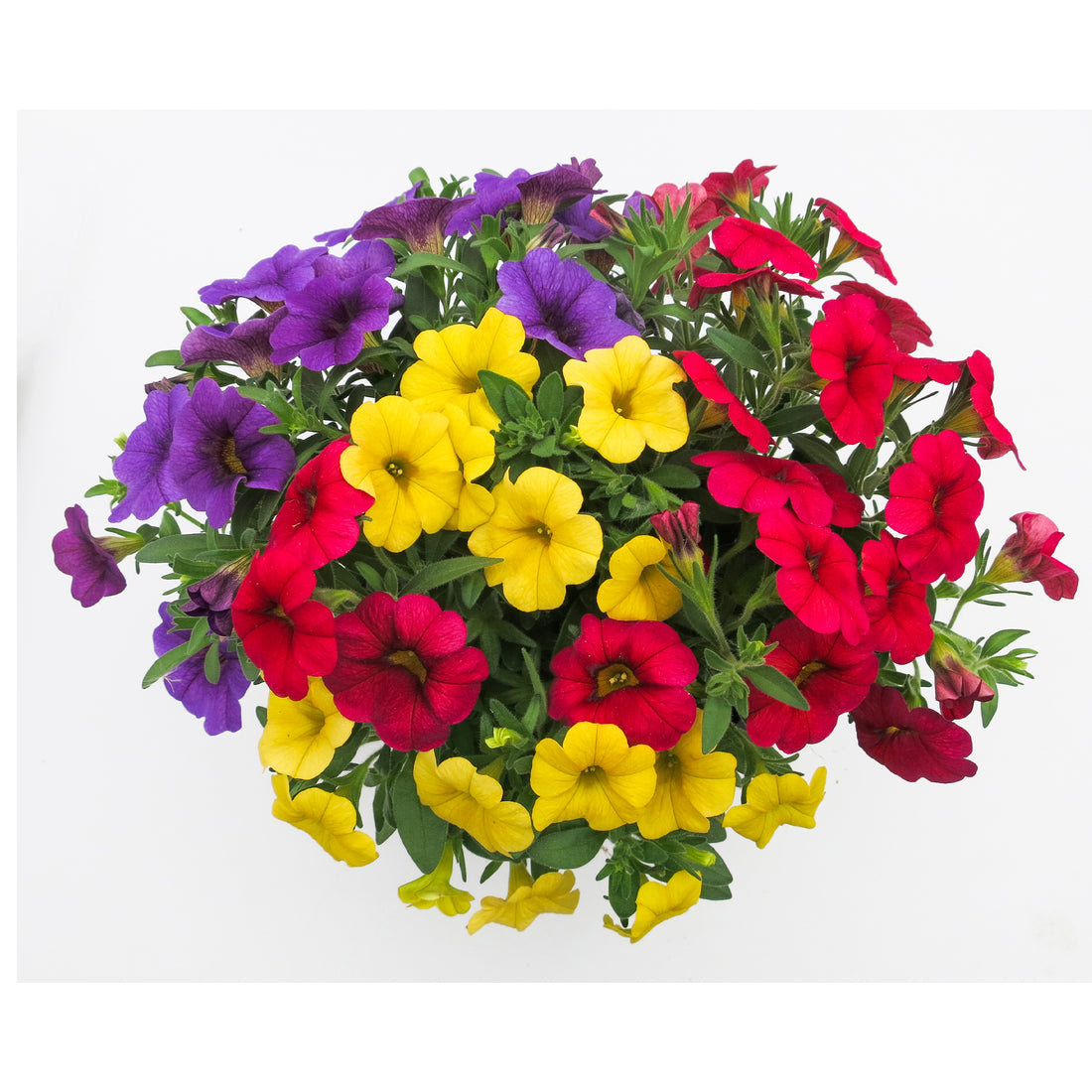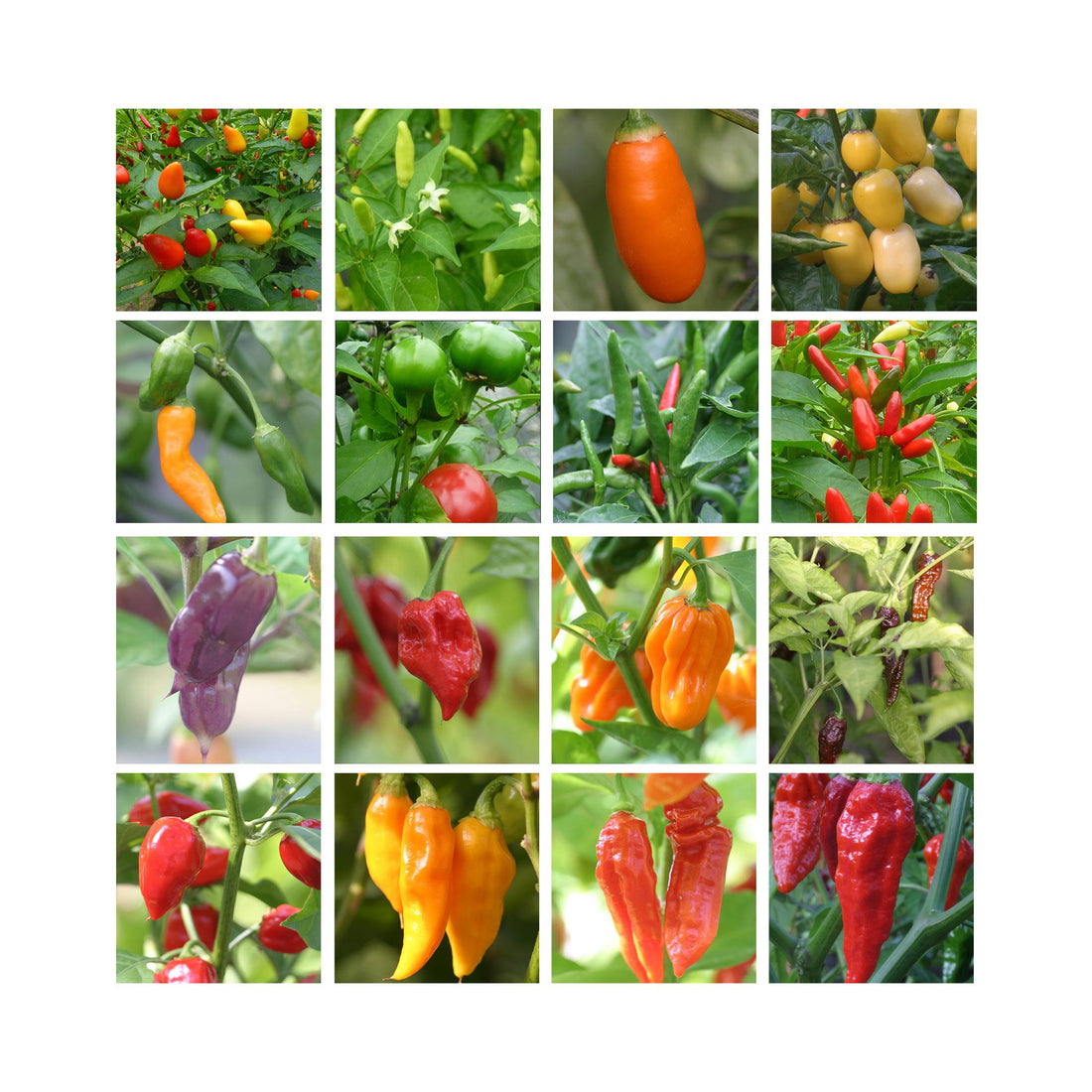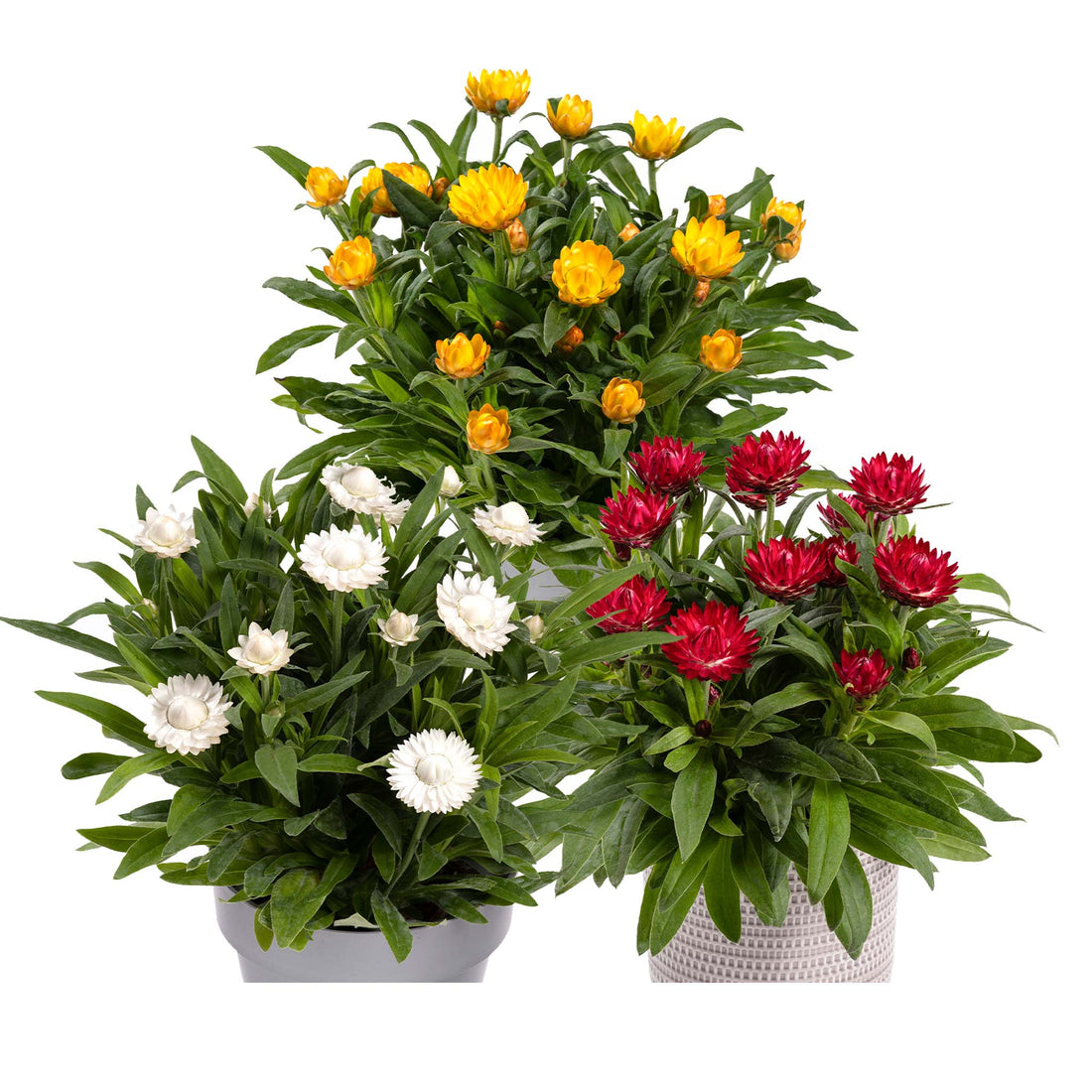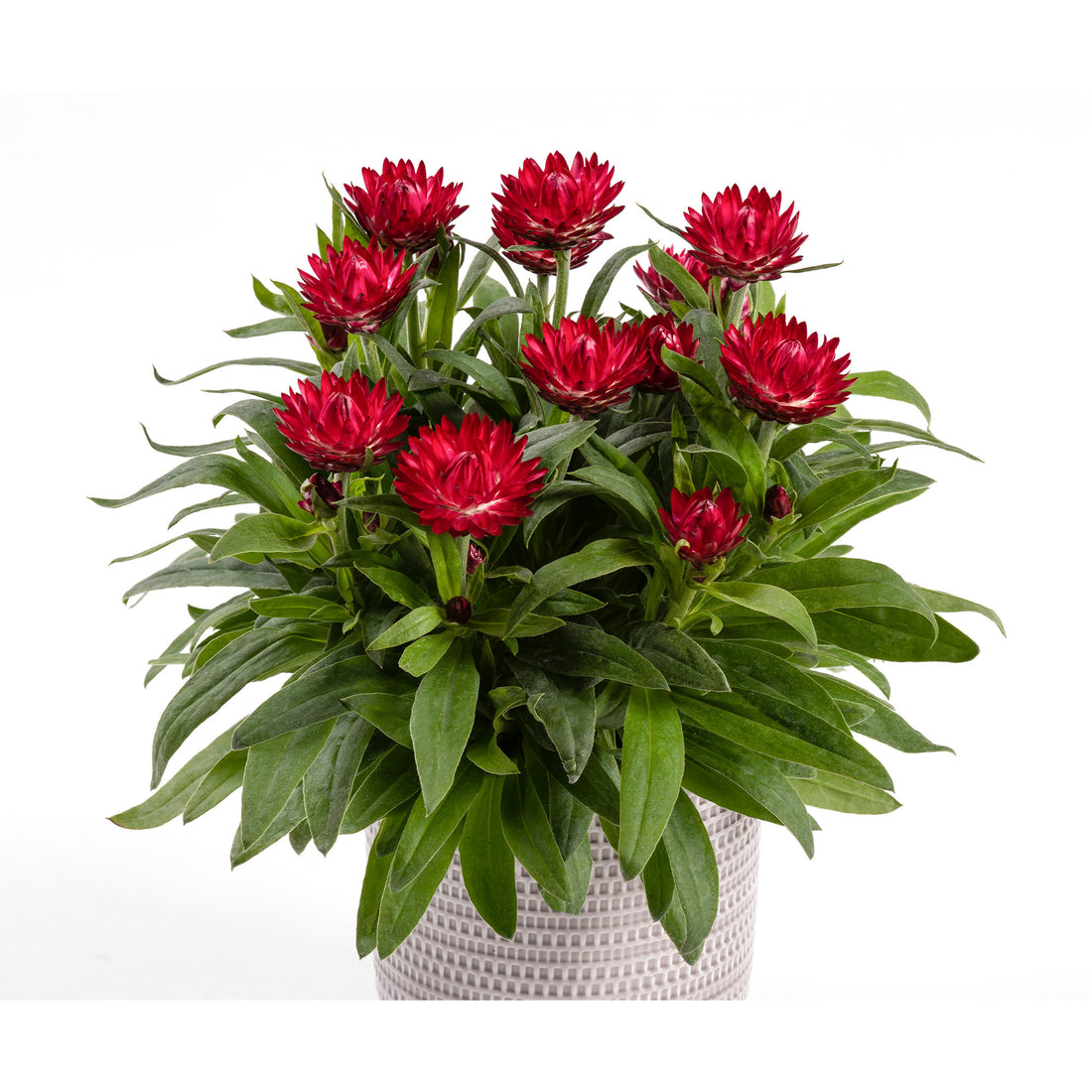The first thing you’ll need to do is prepare the area you want to plant the starter plants in. For 90% of all herbs this will ideally be some well drained soil.
As with many plants, preparation is the key. If you’ve been growing your plants inside in a warm environment it’s always best to harden the plants off. This is especially the case if you’re planting out between February and May. The easiest way to do this is to place your plants in a warm, sunny spot for between 3-5 hours a day for a period of around a week. This will help the plant become accustomed to the cooler weather outside and not be put in too much of a shock when planted outside.
Once you’ve hardened off the plants you can now plant them. Planting out is all about planning for the future. Many herbs are quite quick growing and can reach their expected height and spread within a year or so. Make sure you give your plants enough space to spread out. This can lead to the border or pot looking a little bit sparse for a short period of time but it’s well worth it in the long run once the plants have spread.
Now make sure that the soil is weed free, you don’t want anything to be competing with your new plants. This is especially true in the early days and weeks as the plant establishes. Now simply dig one hole per plant and make it bigger than the root ball of the plant. It’s often a good idea to turn the root ball over in your hands breaking up the firm sections of soil. This will help the plants get their roots into their new soil easier.
It can often be tricky to know how deep to plant starter plants. The ideal level is to keep the top soil of the starter plants flush with the soil in which you’re planting.
The only thing left to do is water the plants. This is the one time that it’s okay to really soak your plant, this is especially the case when planting in the ground as much of the water will wash deeper than the plant’s roots can reach.
Make sure you keep an eye on the plants over the first few days of planting until they’re better established. If you’re in the colder months of the year watch out for particularly cold nights. Whilst they may not be cold enough to damage the plants long term it can hinder their immediate growth. Covering your plants with a fleece will keep the plants a lot warmer.








